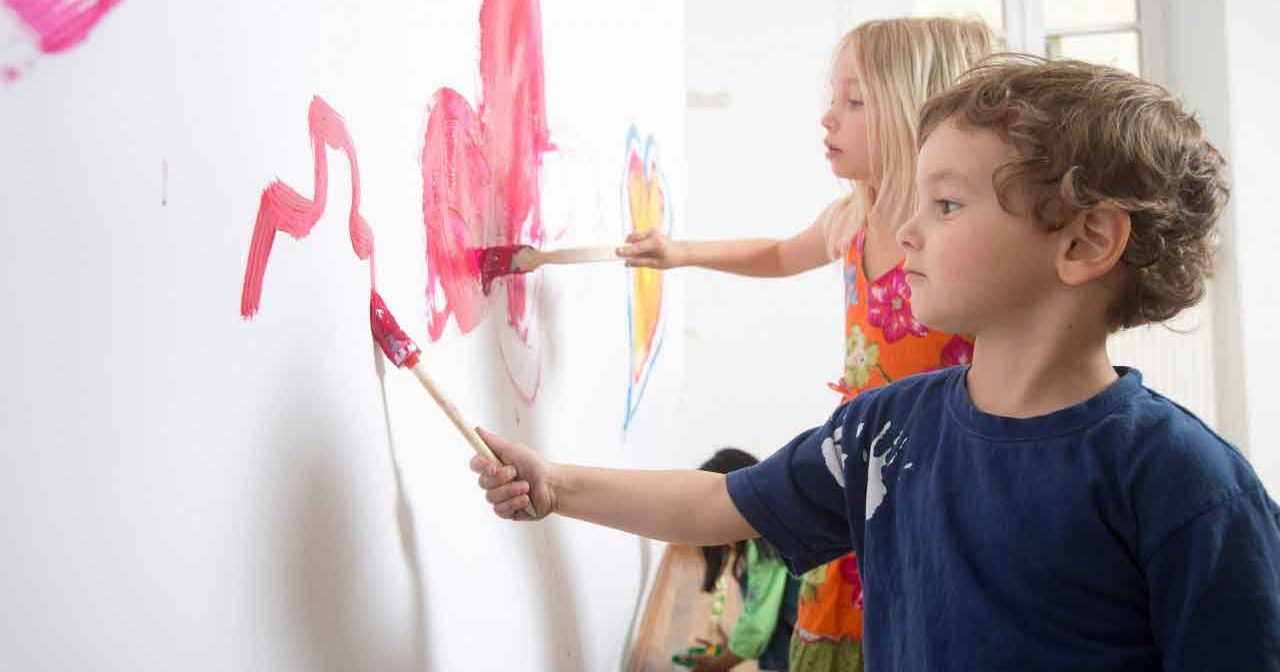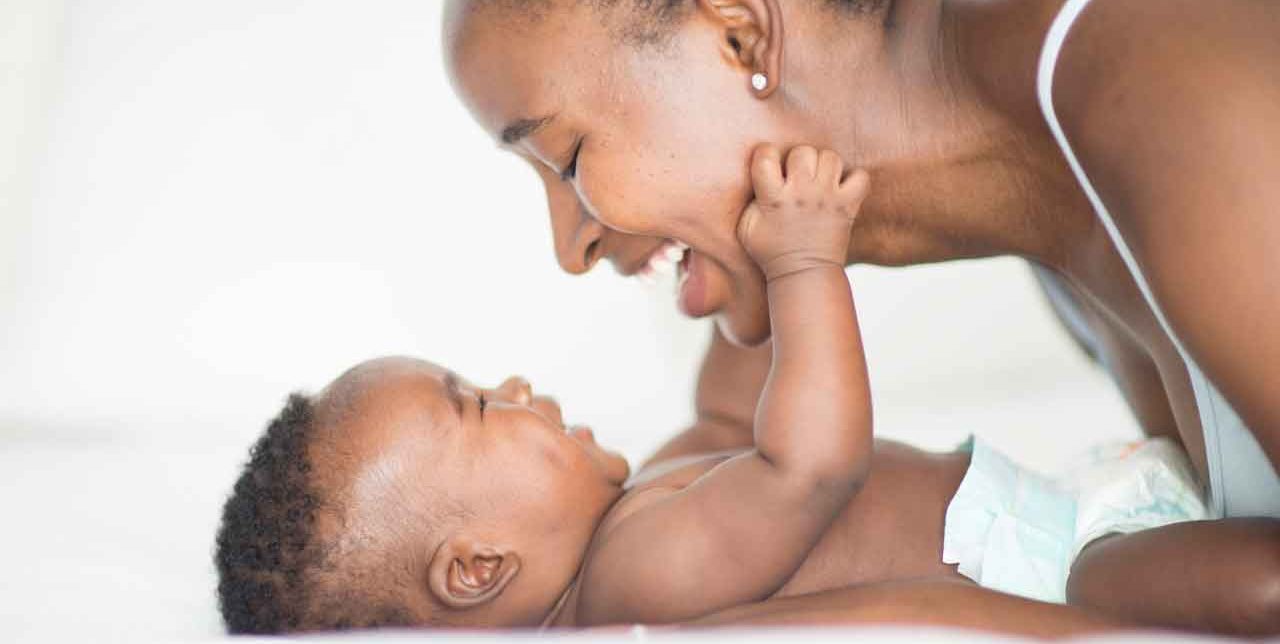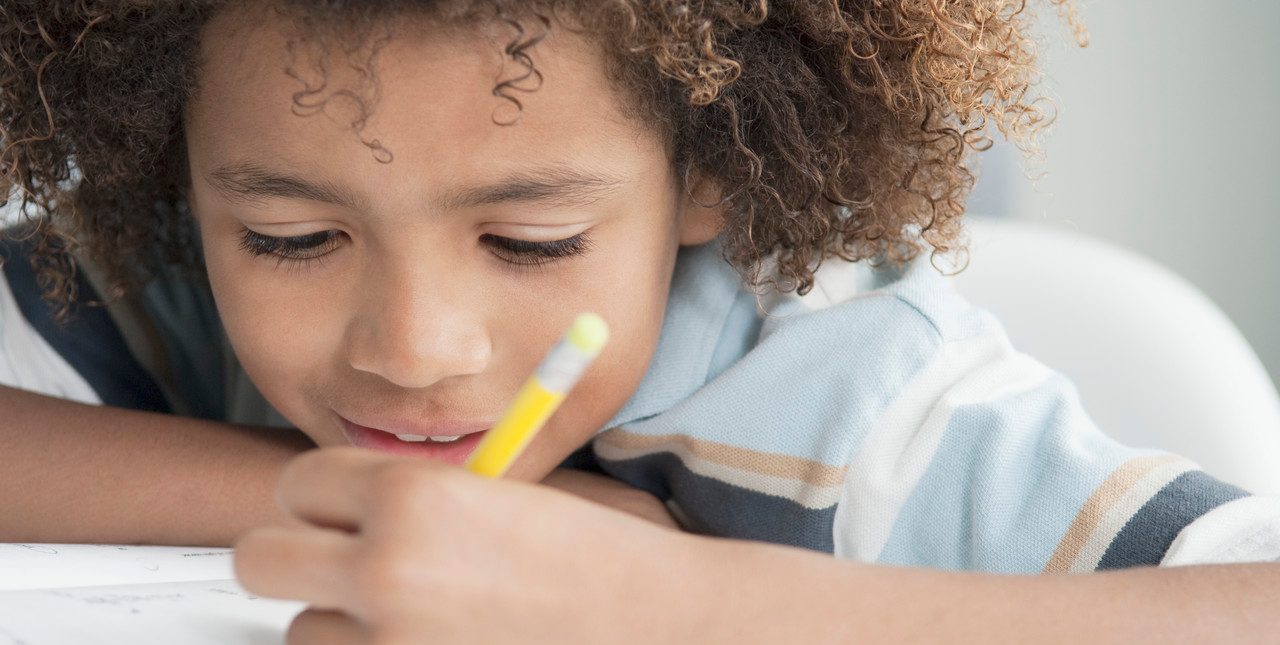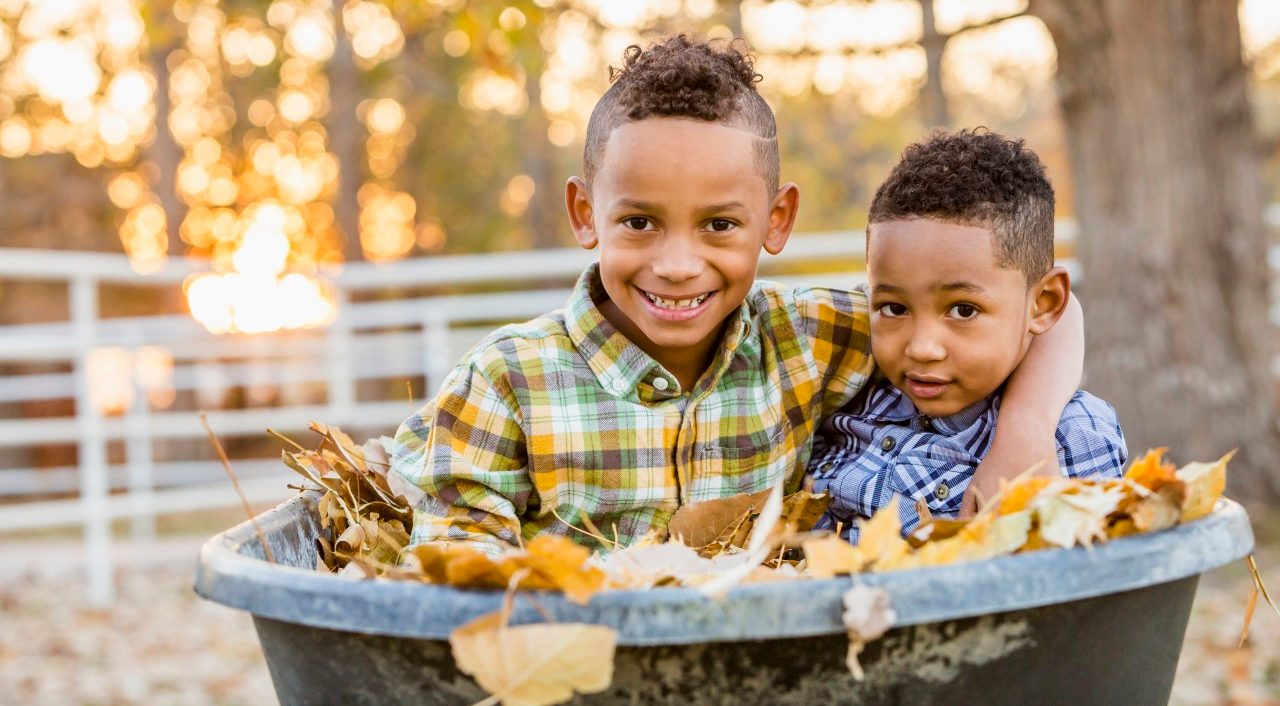February 08, 2016
3 Ways to Promote Creativity Through Art-Based Play

Creative thinking is not just for the few. It is one of the “Four Cs” — the foundational abilities set recognized by thought leaders in education and policy as the 21st Century skills — to be prized and supported in the early years of life. In this context, creativity refers to being able to come up with new and meaningful ways of looking at problems, generating solutions, and coming up with alternative products and works. Creativity is relevant, and necessary, for success in any field.
YOU MIGHT ALSO LIKE: Why Face-to-Face Interaction Matters to Babies
While activities like pretend play (e.g., dressing up as a cowboy or a ballerina) have often been thought to be a primary way of encouraging creativity, recent research suggests that many of the foundations of creativity are fostered by hands-on exploratory play and learning. While this can take many forms, creative play via art encourages what developmental scientists refer to as symbolic thinking and “pretense” — the cognitive exercise of sorting through the difference between what’s real and what’s pretend. This is a critically important developmental process for many reasons, but particularly because it sets the stage for the abstract process of imagining “what could be,” which is the platform for then creatively figuring out how to strive for and achieve that.
Consider these 3 tips to turn your home into an incubator for creativity via the hands-on opportunities offered by art-based play.
Give toddlers ample exposure to art
While it’s critical that toddlers learn their ABCs and 123s, it’s also essential that they get lots of time to explore the arts. Coloring, painting, crafting, and creating objects offer essential experiences in high-level imaginative thinking that can last a lifetime. For example, recent research has shown that exposure to art in childhood predicts the level of innovative achievement in the sciences in adulthood. With that in mind:
• Keep a good supply of art materials on hand and easily accessible to your child so that they can grab and play when they want to. These supplies are not just for special projects — they are there for everyday play. Try to have a safe play area identified where your child can grab and play at will. Such spontaneity is the stuff of creativity.
• Encourage your toddler to just “mess around” with these supplies in addition to making something with them. Pick up on their queues and see what makes them smile and reinforce what they are doing. Part of the creative process is to develop an appreciation that art materials can be used to do interesting things. It’s just as important for a toddler to learn that crayons make cool colors and clay can be formed into different shapes as it is for them to know that they can use the crayons to make something
Offer open-ended non-prescriptive play opportunities
Coloring inside the lines, tracing and copying objects, and following instructions to make something out of blocks are all learning experiences for toddlers. However, they also need a good dose of open-ended, non-prescriptive opportunities. The lack of an obvious “right or wrong” answer provides the signal that it’s okay to follow one’s own creative instinct and can spark the motivation of leading with the imagination. Consider these ways of making art-based play open-ended:
• Give toddlers interesting materials to work with — the more sensory driven, the better — without specific instructions on how to use them. Encourage their imaginative process by saying things like “I bet you’ll come up with something really cool to try with that stuff. This is going to be fun to see what you come up with!” This will help them get out of their comfort zone. The resulting sensory experiences (e.g., noticing how clay can be manipulated, used to make a shape, and then taken apart if you like) provide a visceral feedback to young children that helps them experience what it is like to be a creator.
• Be liberal in communicating the idea that they can make anything they want to make. Their creation does not have to conform to reality. Saying simple things like “You can make anything you want. I love pretending!” sends the encouragement — and indeed permission — to step outside the box. Stimulate your child’s creative instinct now and then if you like (“Wouldn’t it be fun to make something crazy like a green dog with red ears? I wonder what kind of different doggie you could make!”). Also roll with the magical creations your child may want to try out. “A dog with two tails? So fun. Could you imagine?” Does your child want to draw a princess who can fly on a magical cat? Great! Whatever tickles their fancy is the principle behind having an open-ended activity.
Support trial and trial (not error)
Play should involve lots of trials and no “errors.” Scholars have argued that toddlers function very much like scientists. They generate ideas, test them out, collect and think about their information, and then do something else informed by that sequence. Communicating that an “error” has occurred undermines the creative spirit and flow — the inspiration — which assumes that every action is of value, because you have the chance to see what you’ve done, and think about doing something else if it doesn’t seem to be exactly what you were shooting for. Putting this into practice:
• If your child tries to draw an airplane, and finds that it doesn’t look like what he or she envisioned, be sure to treat this as an important step in the creative process, not an error, and certainly not failure. Consider how encouraging this sounds: “Let’s see what happened here. Kinda looks like an airplane, right? You are getting there? But, hmmm, what could you do different?”
• If your child has trouble drawing the wings, encourage your child to brainstorm about how to make it work without giving up on the idea. “Let’s think about other things that look like wings and maybe you can try to draw those first. Maybe that will help you draw your wings more like you are imagining them. Or … maybe your wings are just gonna look a little different!”
That’s the stuff of the creative process.


